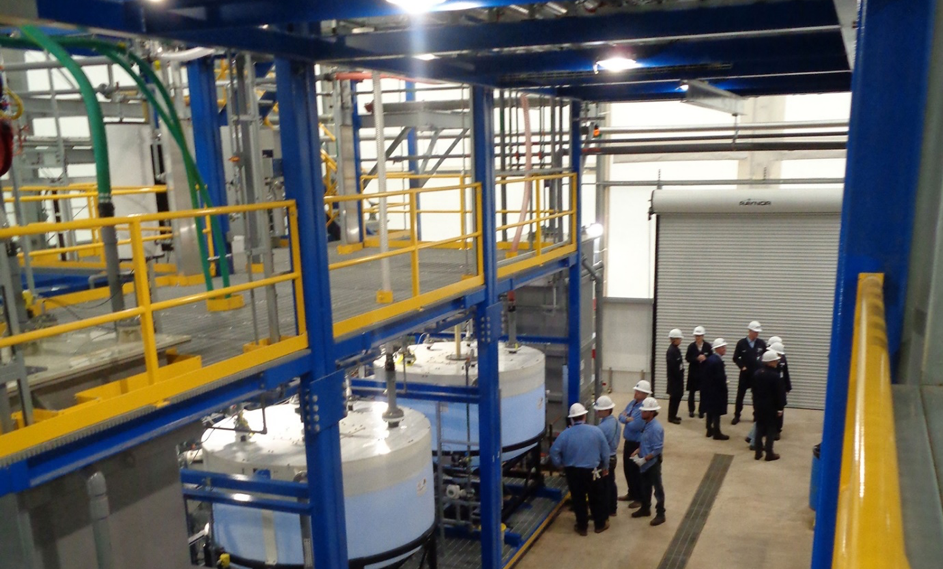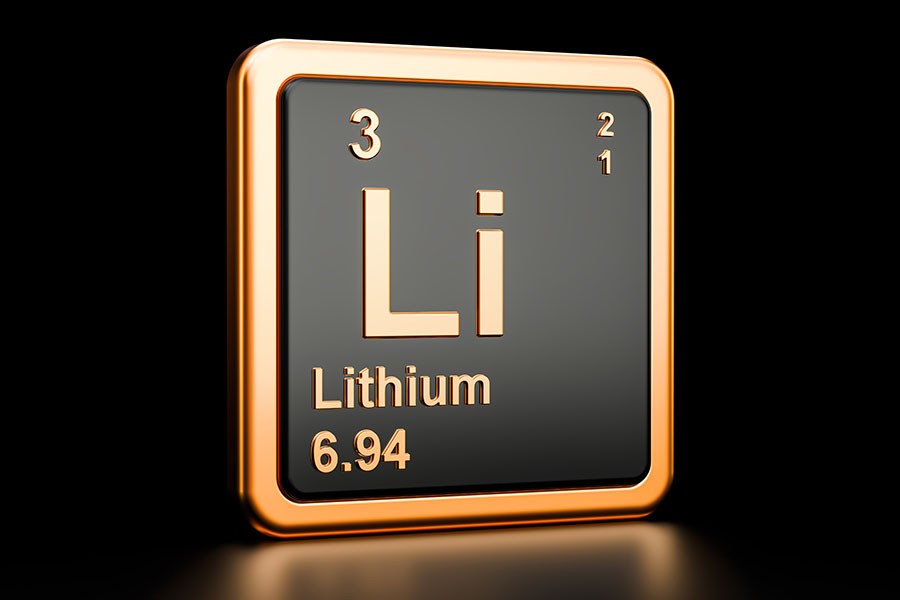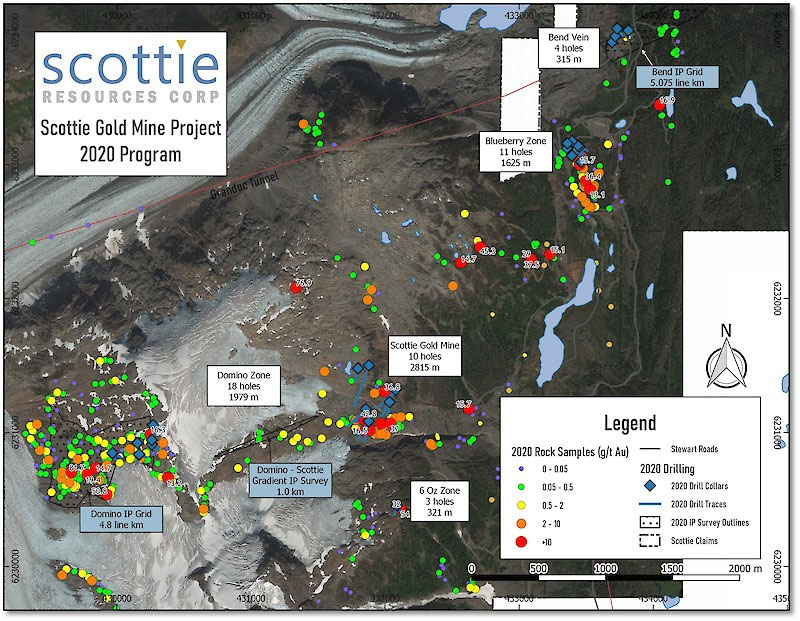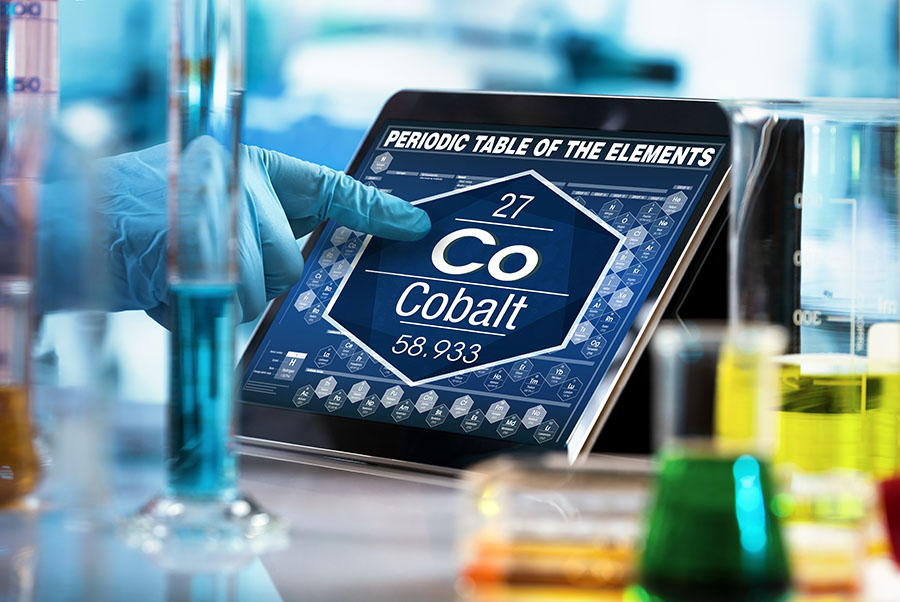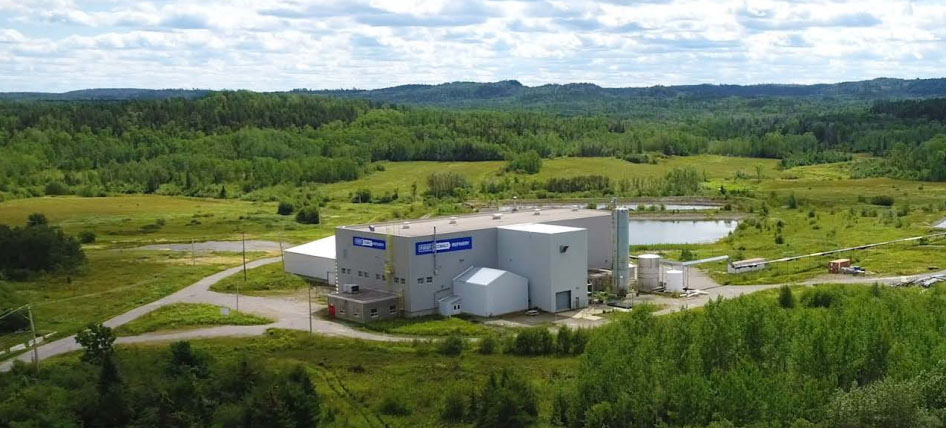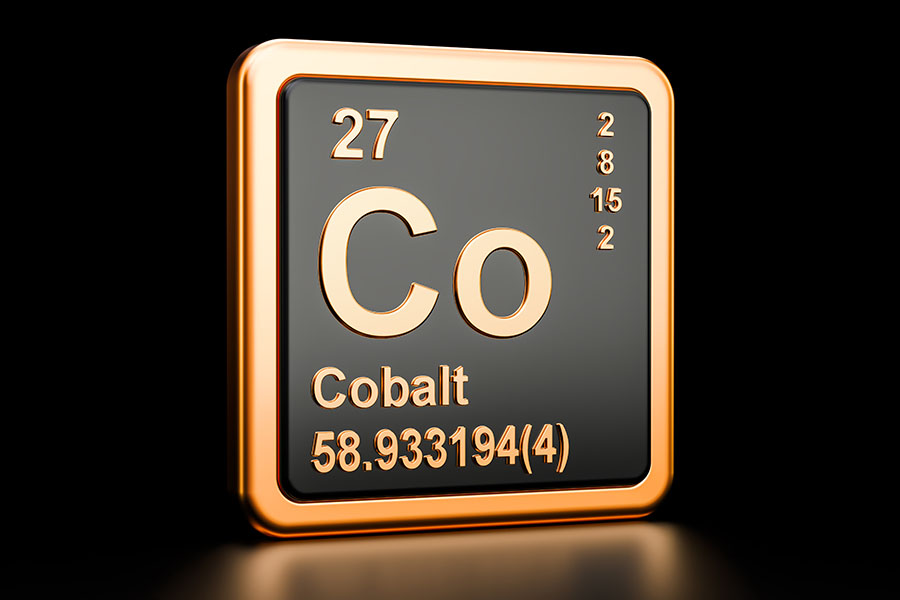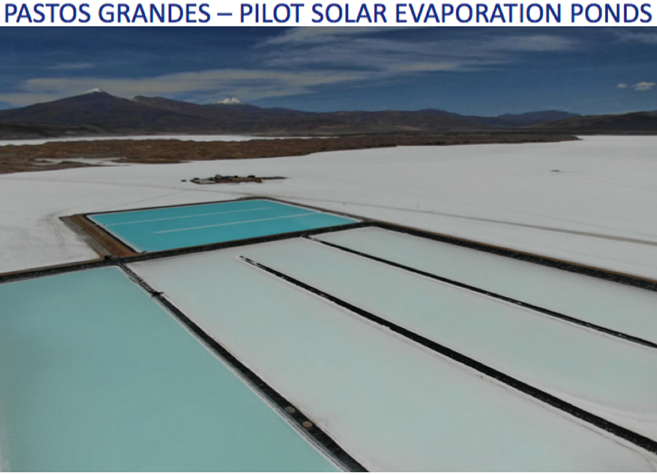TICKERS: CLQ; CLQMF, FMC, GXY; GALXF, , LAC, NMX; NMKEF, ROC, RM; RDNAF, SQM; SQM-B; SQM-A, ROC
Lithium Investment to Power Portfolios: Daniela Desormeaux
Interview
Source: George Mack of The Energy Report (1/26/12)
 The lithium market is currently dominated by a handful of major producers, but investors naturally look to smaller junior exploration and production (E&P) companies for the real growth. Economist Daniela Desormeaux of Santiago, Chile-based signumBOX takes a global macroeconomic view of the lithium industry and concludes that supply will meet demand, but if the adoption of vehicular lithium ion batteries occurs sooner than the market expects, demand could overtake supply. In this exclusive interview with The Energy Report, Desormeaux discusses some of the juniors that could ultimately add some energy to portfolios.
The lithium market is currently dominated by a handful of major producers, but investors naturally look to smaller junior exploration and production (E&P) companies for the real growth. Economist Daniela Desormeaux of Santiago, Chile-based signumBOX takes a global macroeconomic view of the lithium industry and concludes that supply will meet demand, but if the adoption of vehicular lithium ion batteries occurs sooner than the market expects, demand could overtake supply. In this exclusive interview with The Energy Report, Desormeaux discusses some of the juniors that could ultimately add some energy to portfolios.
Daniela Desormeaux: Most of the smaller-scale suppliers trading in the open market are young, junior mining companies. The stock price fluctuations observed during recent months reflect the market's sensitivity to the companies' announcements and news.
TER: What is currently driving lithium demand? What will drive it in the future?
DD: Lithium demand has a promising future. Rechargeable batteries are the largest application, accounting for about 30% of the lithium demand. This is also the segment with the highest growth rate for the next 10–15 years, by which point we believe batteries will represent more than 50% of demand. The main driver is the automotive industry. Electrification of transportation is now driving the use of lithium in energy storage devices for hybrid and electric cars. The amounts of lithium required in these batteries are significant, from between 5–60kg lithium carbonate equivalent (LCE) depending on the battery type and specification. When compared with the lithium required for mobile phone batteries, for example, the difference is huge. A mobile phone battery device requires less than 5g LCE. Other battery applications will also show very interesting growth rates in the coming years. These include smartphones, tablets, power tools and batteries for grid storage, among others. Other current lithium applications include glass and ceramics as well as lubricating greases. Considering all of its applications, we estimate lithium's average demand will grow around 10%/year, which is greater than the growth of the economy.
TER: How are lithium prices holding up currently?
DD: In the last few months we have seen lithium prices going up in response to announcements made by FMC Lithium Corporation (FMC:NYSE) and Chemetall (a unit of Rockwood Holdings Inc. (ROC:NYSE)). Both companies announced price increases of around 20% on all of their lithium products last year. According to the companies, the main reason behind the rise in prices was higher raw material costs. So, we might be seeing an inflation phenomenon in this industry. In real terms, prices have remained stable, and probably will go down since new capacity is being added. Talison Lithium Ltd. (TLH:TSX) is expanding capacity in Western Australia, and Chemetall is also expanding in the U.S. Other new projects are in the pipeline coming from Galaxy Resources Ltd. (GXY:ASX) in Australia and from other projects in Argentina and Canada.
TER: So, for the moment there is currently some pricing power in the market?
DD: In general terms, prices are driven by the balance between production capacity and demand. If the market is tight, prices go up. Nevertheless, this industry has been, and still is, very concentrated and the largest, lowest-cost lithium chemicals producers drive prices. However, we have seen more competition in the market. Chinese lithium hydroxide producers have entered with an aggressive price strategy in order to gain market share from the other producers.
TER: But not all the large producers are raising prices, right?
DD: So far, Sociedad Química y Minera de Chile S.A. (SQM:NYSE; SQM-B:SSX; SQM-A) has kept prices stable. It hasn't announced any price increase the way FMC or Chemetall have. The company probably wants to give a signal to the new competitors that they can "afford" higher costs. Most of the Chinese lithium hydroxide is produced from lithium concentrate, which is obtained mainly from spodumene. Producing lithium hydroxide from hard rock pegmatites has competitive advantages compared with producing from the lithium carbonate like Sociedad Química y Minera de Chile does, and so the Chinese can compete better in this field.
TER: Here in the U.S. we are seeing proliferation of TV ads for hybrid and electric cars (EVs). Manufactures are beginning to advertise these cars with some zing. Will this jump start hybrid and EV sales?
DD: It is difficult to know because these are still considered "luxury" cars because of their high price. We have tested a statistical model on how hybrid car sales in the U.S. responded to changes in the economic cycle and changes in gasoline prices. Conclusions are very interesting. We found some price elasticity with gasoline prices, as higher gasoline prices incentivize decisions to buy more efficient cars. But income elasticity is huge, which means these cars are very sensitive to the economic cycle. Of course these conclusions will change in the future when these cars become more affordable.
TER: Investors need to see double-digit sales and real increases in cash flow, and small companies have the tremendous advantage of not having the law of large numbers work against them. Can any of the companies you follow begin to double production and revenue and create exciting bottom lines?
DD: In the short term I don't think so, but it's likely in a future. Main sources of uncertainty are how fast/slow hybrid and electric cars will enter into the market in a massive way (at lower prices), and how fast/slow producers will respond to the demand. In the last years we have seen that in more than 90 projects under evaluation. We believe that 4–5 projects have chances to become part of the lithium supply very soon. That means that more competition will be added in the market.
TER: I'm recalling the way the mobile phone industry took off in less-developed countries in Asia and elsewhere because there was no pre-existing buildout of copper wire infrastructure. Mobile phones were an instant success in those areas. Why then are we not seeing large lithium ion storage batteries powering neighborhoods in the developing world where power grids have not been developed?
DD: Well, the thing is that batteries are expensive. The technology has only been in development since the early 90s. It took 30 years to make progress in developing batteries for mobile phones and electronic devices, and these are small batteries and less costly than larger batteries. This is where the industry has been focused, and now we are seeing a shift from batteries for cell phones and electronic devices to electric cars.
The requirement in terms of energy storage capacity is huge, and so the cost so far is also huge. That's why we haven't seen implementation of these batteries in neighborhoods and in small towns. There are also some projects that try to store energy for the grid, but in order to make these projects profitable, you have to store an important amount of energy. For a power grid, the main issue is cost.
TER: With a lot of new lithium supply coming onto the market over the next few years, will supply overpower demand, or will it be the other way around?
DD: Again, while demand is growing, so is supply. Talison Lithium Ltd. in Australia, for example, is performing a very aggressive expansion plan. We see expansions in Argentina and in the U.S., and the Chinese are also expanding capacity. The main question mark is how fast or slow electric cars will come into the market. But without subsidies and without incentives from the government, it's very difficult to enter the market because the electric and hybrid vehicles are expensive right now. If demand for lithium grows sooner than expected, we might see a delay if supply is unable to meet demand, but I don't think this is going to happen. In short, I think supply will meet demand.
TER: Which types of projects do you favor?
DD: There are projects based on pegmatites and projects based on brines. These are two completely different worlds. I think projects based on lower-cost brine have better chances to compete with current low-cost producers.
TER: What companies are interesting to you?
DD: Australian company Galaxy Resources Ltd. extracts lithium from pegmatite and has already started producing. Apparently, the company is competitive, and it has started to ship concentrated spodumene to its lithium carbonate plant in China.
Other pegmatite projects include Canada Lithium Corp. (CLQ:TSX; CLQMF:OTCQX) and Nemaska Lithium Inc. (NMX:TSX.V; NMKEF:OTCQX). All of these projects have a chance to become part of the lithium supply. In Argentina there's Lithium Americas Corp. (LAC:TSX; LHMAF:OTCQX), Lithium One Inc. (LI:TSX.V) and Orocobre Ltd. (ORL:TSX; ORE:ASX). These and the previous ones I mentioned have the highest project ranking by our methodology and have more chances to become part of the lithium supply.
TER: What about Li3 Energy Inc. (LIEG:OTCBB)? Back in December, it executed a letter of intent to acquire a 100% mining interest in one of the biggest assets to be had near the Maricunga Salar in Northern Chile. That makes Li3 Energy a potential major player in Chile and one of the few developers inside of Maricunga. What does this mean to the company, particularly with regard to the ban?
DD: Li3 is developing a project in the Salar de Maricunga, the second-best salar after Atacama in Chile. The company has a project and has a strategic partner (POSCAN), but current Chilean regulation does not allow newcomers to exploit lithium. We have a ban that only allows lithium extraction from those mining concessions that were assessed before 1984, which is the case of most of the mining concessions at Atacama. I think that the ban will be removed this year, but we really can't yet know the formula that the government will use.
TER: Lithium One is close to production, and it has established a good relationship and a joint venture with Korea Resources Corp. I believe the stock has been supported by this relationship. What are the prospects here?
DD: Lithium One is in a very advanced stage of development, and it is very well ranked in our signumBOX ranking. One of its upsides is that it is located in Salar del Hombre Muerto. It's the only startup that actually is operating in Argentina. So it has really good prospects for the future.
TER: Back in November, Rodinia Lithium Inc. (RM:TSX.V; RDNAF:OTCQX) delivered results of a preliminary economic assessment (PEA) for the Salar de Diablillos lithium brine deposit. There are estimates of 15 kilotons (kt)/year production of lithium carbonate and 51 kt/year of potash. This implies a 34% internal rate of return (IRR), which is excellent. Is this a viable project?
DD: I think it can work, but Rodinia faces huge competition. The company estimates costs will be in the range of $1,500/t lithium carbonate. But I think that it is very different to have an estimated cost before starting production than when you've already started producing. I think that Rodinia can be a player in the lithium industry, but like other players in Argentina it will face huge competition. It will have to be competitive because new production is coming from China and Australia. And if Chile removes the ban, they will have to deal also with that.
TER: Talison Lithium is the leading global producer of lithium, and it's a pure play. It's a mature company. How much can it grow?
DD: Yes, Talison is the largest lithium concentrate producer, but it's not the lowest-cost producer. It produces lithium concentrate in Australia and most of its product is shipped to China, where it's converted into chemicals. I think Talison will face more competition, and that's why it has expanded production capacity. It has performed a very aggressive expansion plan at its Greenbushes project in Australia. Nevertheless, its deposit has a short mining life; that's why it is looking for other sources of lithium and performing an evaluation project in Chile.
TER: Daniela, thank you very much for your time.
DD: Thanks to you.
Daniela Desormeaux is an economist and an expert in industrial chemicals and natural resources. She runs signumBOX, a Chilean-based company with extensive experience in the lithium industry. signumBOX has issued several reports regarding the use of lithium in batteries and vehicles and its prospects and trends.
Want to read more exclusive Energy Report interviews like this? Sign up for our free e-newsletter, and you'll learn when new articles have been published. To see a list of recent interviews with industry analysts and commentators, visit our Exclusive Interviews page.
DISCLOSURE:
1) George Mack of The Energy Report conducted this interview. He personally and/or his family own shares of the following companies mentioned in this interview: None.
2) The following companies mentioned in the interview are sponsors of The Energy Report: Li3 Energy Inc., Lithium Americas Corp., Lithium One Inc., Nemaska Lithium Inc., Rodinia Lithium Inc. and Talison Lithium Ltd.
3) From time to time, Streetwise Reports LLC and its directors, officers, employees or members of their families, as well as persons interviewed for articles on the site, may have a long or short position in securities mentioned and may make purchases and/or sales of those securities in the open market or otherwise. I was not paid by Streetwise for participating in this story.



